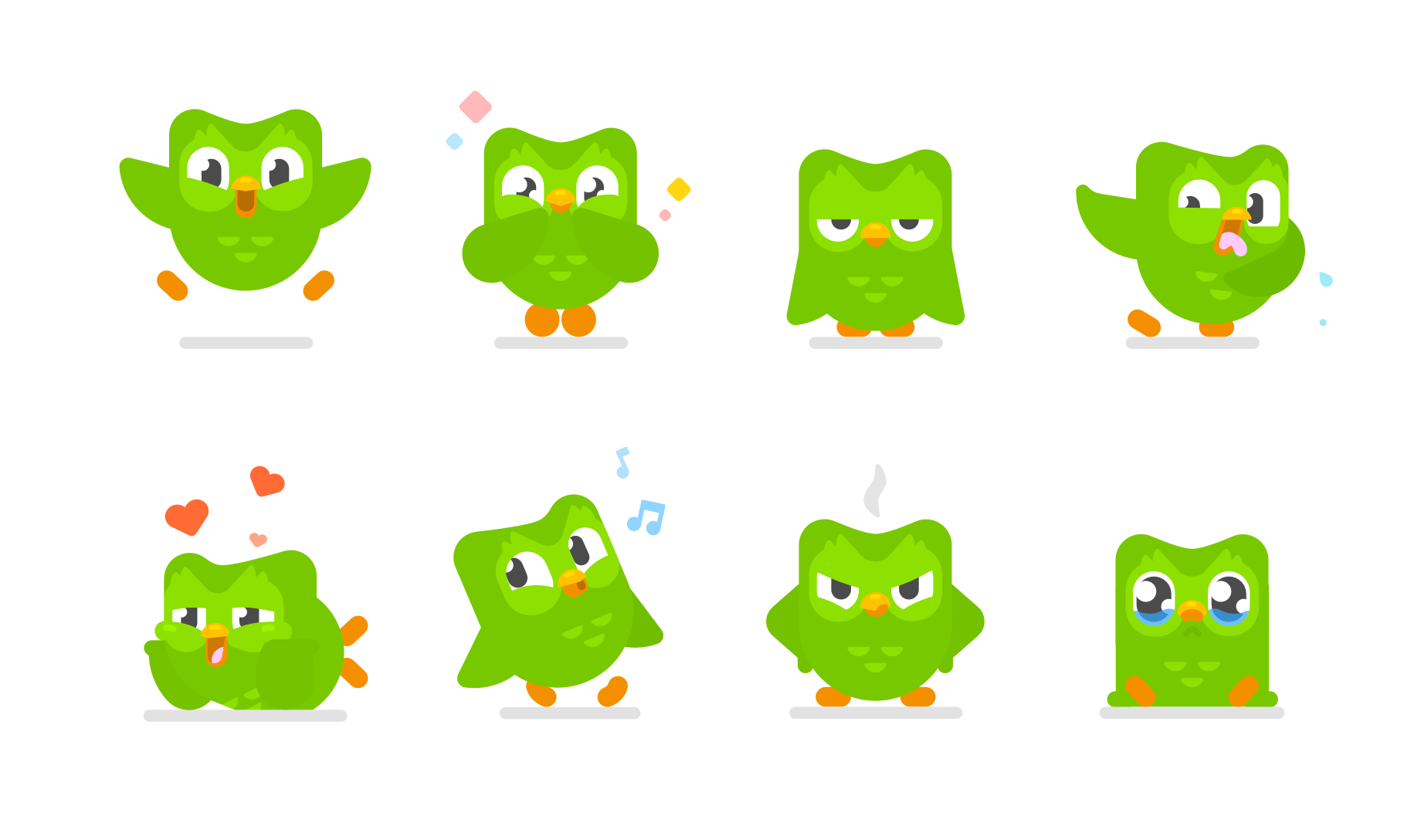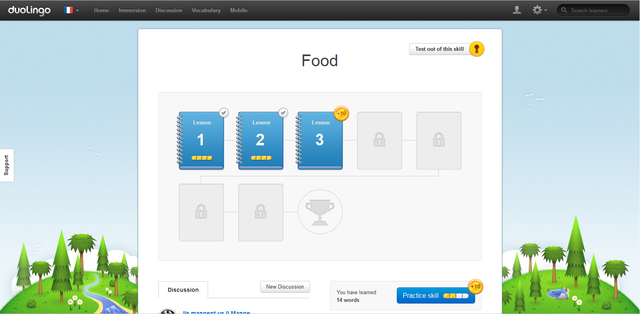Can You Truly Learn a Language on Duolingo?
Duolingo is a free language-learning app. (Image credits: Duolingo)
Duolingo is a free language-learning app, with almost forty languages available under its English format. Most language learners have used it at one point or another, and yet there is wide-spread debate over its effectiveness for truly learning a language. If you are aiming to go on a rapid language learning journey in just a few months, then this is unlikely to be the app for you. And yet, if you are thinking more broadly about learning a language, Duolingo should be recommended as one of your resources.
One of the key reasons that a lot of linguists don’t use the app is because they argue that the content doesn’t seem useful for real-life situations – of course, the content available does vary per language. For that reason, they don’t use the app at all. This argument is all well and good but if your current way of thinking is “I want to learn [insert language]” rather than “I want to be able to understand [insert language] so that I am able to [insert goal]” the truth is that your goal is also very broad because you are encompassing the entirety of another form of communication.
Duolingo has languages that are difficult to access resources for.
(Image credits: Duolingo)
Users should use the app, and in some cases, simply because there are languages that are difficult to access resources for. Taking the United Kingdom as an example, it would be much more difficult to find resources to learn a Scandinavian language than it would to learn Spanish because these languages are not commonly found in our educational system.
Duolingo’s principal redeeming factor is its cost – nothing. Regardless of financial background, free means an opportunity to dabble in something without having to commit, or at least putting off that commitment until you know exactly what you wish to commit to.
An example of a French food skill tree. (Image credits: Wikimedia Commons)
The reason why it doesn’t work for a lot of people is because we choose to make Duolingo our sole resource, and then we struggle to understand why we can only progress so far. Using the app in this way is a misuse and that is why we then mistrust the app.
So, if you are wanting to get the most out of the app…
Short but regular sessions are better. (Image credits: Duolingo)
For a period of time, use Duolingo as your exclusive language learning app – yes, I know that this contradicts what I just said, but this step is not intended to go on forever. It is a stepping-stone until you figure out your next focus. Let’s say that this time period is three months. During those months, decide a certain amount of time to spend on Duolingo (short but regular sessions are better than 1 hr sessions once a week – so let’s say do 10 mins every day). Then, you compliment this language learning with cultural interaction.
Cultural interaction is so often forgotten in language learning. What it means, at least when you are unable to access an area that speaks the language, is that you: watch a film in that language; listen to music; watch a television show; read about a historical event from one of the countries of that language speaking community; etc. Don’t do all of these in one week but do feel free to mix and match across the weeks.
It is important to use Duolingo alongside cultural interaction. (Image credits: pixabay)
We have all been guilty of focusing on language-learning only to find out that we have nothing of interest to say because we know nothing of the culture that surrounds the language’s speakers. Or worse, we have given up because we feel that we’re getting nowhere and the excitement has gone. That is why it is important to use Duolingo alongside cultural interaction. Personally, I am not proud to admit how little history I know of the countries of the languages that I am studying.
As I said earlier, this time period of using Duolingo is only temporary. After this period of time, you should reflect on what you know. This reflection will look different for different people but here is just a glimpse of what it could look like for you.
Option 1: Maybe you can say a sentence in the present tense but would like to say it in the future tense. That would tell you that your next step is to get hold of a grammar guide. This may be available online. You may be able to borrow a guide. Or this could be the point that you finally invest, now that you have been able to use Duolingo to get a kick-start on your language learning.
Learn a song in your target language. (Image credits: Apple Music)
Option 2: Perhaps you found a song that sounds beautiful but you have no idea what it means. Use this as an opportunity to learn vocabulary.
Option 3: You have realised that you really wish to be speaking the language out loud. If that’s the case, then look into local language groups, classes, or private lessons. Often this isn’t cheap but the fact that you have been using Duolingo means that you are not starting from a base of absolutely nothing and you have already proved to yourself that you have a true interest in the language rather than just a dream of knowing it. That is something worth investing it.
If you are still unconvinced by Duolingo’s charms, and the fact that it is free isn’t enough to sway you, the truth may be that it simply isn’t a language learning style that will suit you. Not every style does. Yet, there is not one resource for language-learning that will allow you to fully learn a language – and at least with Duolingo your time is all that you will lose.





